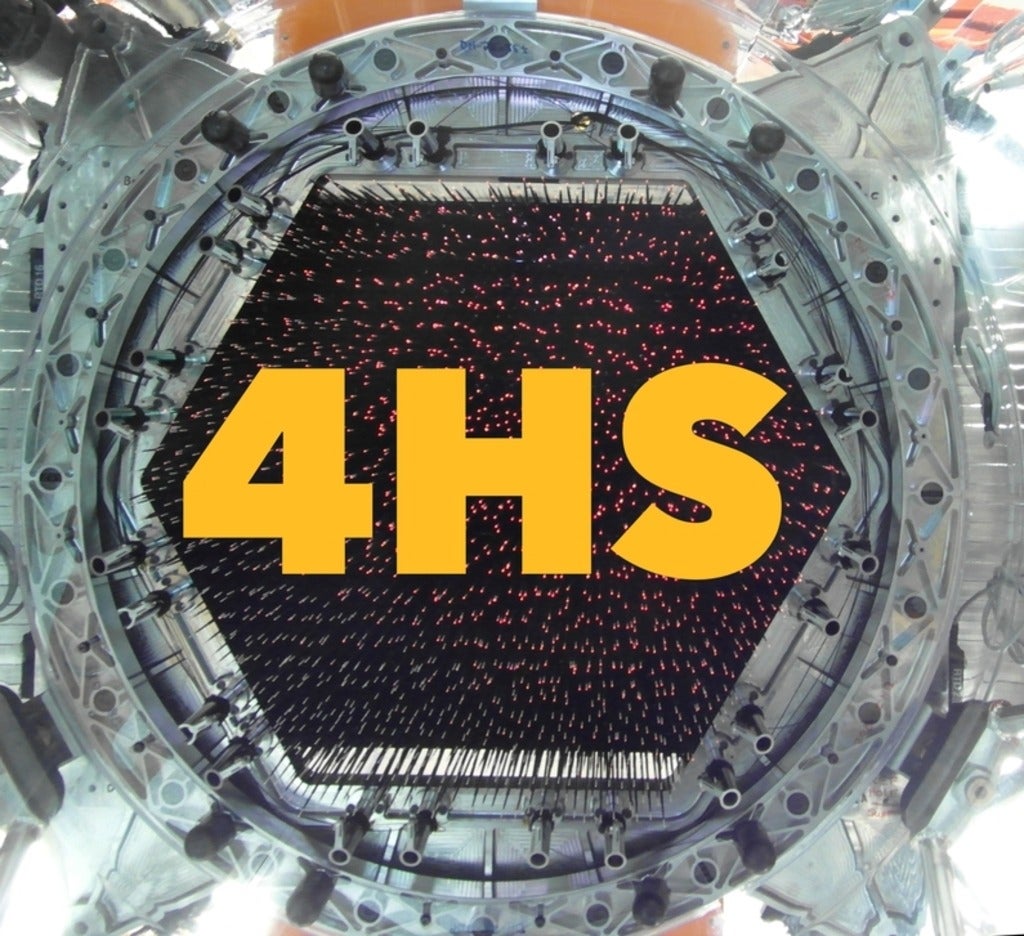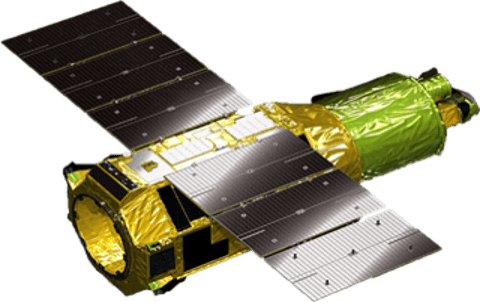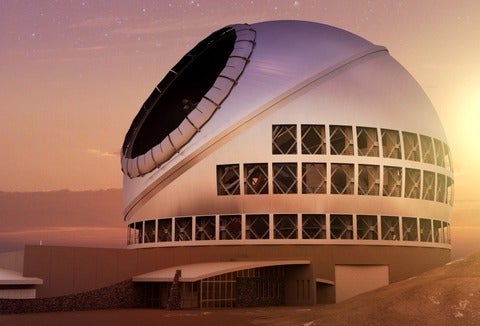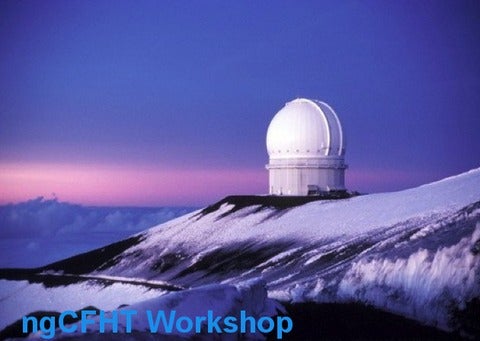Building on the success of the original Event Horizon Telescope (EHT) and the first black hole picture ever, the next generation EHT (ngEHT) will modernize existing instrumentation and expand the geographical footprint of the array with roughly 10 new dishes.
Projects - search
Filter by:
The 4MOST Hemisphere Survey of the Nearby Universe (4HS) is an accepted ESO public survey to conduct a massive spectroscopic survey of the southern sky, obtaini
The X-Ray Imaging and Spectroscopy Mission (XRISM) is an earth-orbiting X-ray observatory developed jointly by JAXA, NASA, ESA, and the Canadian Space Agency.
Canada's Long Range Plan for astronomy identified participation in a 30-m class telescope, such as the Thirty Metre Telescope (TMT),
Both the US Decadal Survey and the Canadian Long Range Plan identify wide-field multi-object spectroscopy on 10-m class telescopes as important. Canad
The Wide-Field Infrared Survey Telescope is a NASA flagship space mission – the grandchild of the Hubble Space telescope - to launch in 2025
The Vera C.
The James Webb Space Telescope (JWST), which launched on December 25, 2021, is the long-anticipated successor to the Hubble Space Telescope.
WCA member Avery Broderick is a founding member of the Event Horizon Telescope (EHT) Collaboration, which is responsible for constructing, operating, and interp
In July 2023, the European Space Agency will launch the Euclid satellite mission.
The Dark Energy Spectroscopic Instrument (DESI) allows astronomers to undertake a spectroscopic galaxy survey 20 times faster than the Sloan telescope, which wa
The CCAT-prime collaboration is building the Fred Young Submillimeter Telescope (FYST), a 6-meter aperture submillimeter wavelength telescope designed for very
The Cosmological Advanced Survey Telescope for Optical and UV Research is a proposed Canadian Space Agency satellite mission that would provide high-resolution imaging in the UV/optical (0.15–0.55 μm) spectral region.
The Ultraviolet Near Infrared Northern Survey (UNIONS) is a panchromatic imaging survey of the northern sky at declinations greater than +30 degrees.
eBOSS concentrated on the observation of galaxies and quasars, in a range of distances (redshifts) left completely unexplored by other three-dimensional maps of














